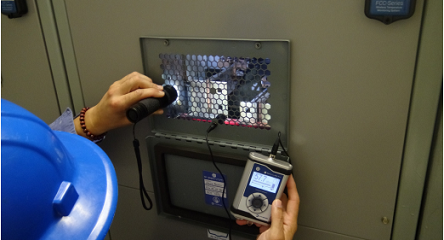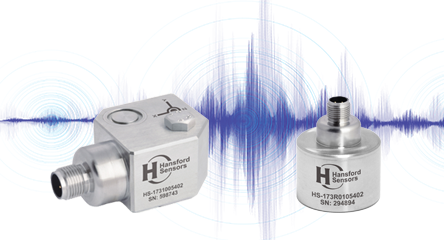About the Author
A former Coast Guardsman having served as an enlisted Machinery Technician for nine years, then earning a commission through Officer Candidate School. As an enlisted person Tom had assignments at coastal search and rescue (SAR) stations and aboard the Coast Guard Cutter SPENCER (Boston, MA). The cutter’s primary missions were search and rescue and law enforcement in the North Atlantic and Caribbean Sea. Among his responsibilities at the SAR stations were boat crewman, boat engineer, boat coxswain, law enforcement boarding officer, Emergency Medical Technician (EMT), and Officer of the Day.
Tom was selected for the Naval Engineering Technology Program and attended Western New England College for two years, earning a Bachelor Degree in Mechanical Engineering, and passing the Engineer in Training (EIT) exam (first step toward the Professional Engineer license). Tom’s last Coast Guard assignment was as Executive Officer at the Naval Engineering Support Unit, Portsmouth, VA. During this tour Tom instituted a best-practice work order management process. Tom earned a Professional Master of Business Admiration (focus in organizational development) from Florida Institute of Technology and was selected as the U.S. Coast Guard’s 2003 Federal Engineer of the Year; an award sponsored by the National Society of Professional Engineers (NSPE).
Since retiring from Coast Guard service in 2003, Tom has become a recognized expert in leadership, asset management, engineering and reliability. He has worked with well-known and diverse organizations such as Rio Tinto, Gulfstream Aerospace, the University of Michigan, Pactiv, MillerCoors, U.S. Army Corps of Engineers, and many others. Services include asset management assessments, master planning, implementation support, investigative/forensic engineering, productive leadership development and reliability engineering support. Tom has written monthly articles in Plant Services Magazine on leadership and management related to industrial and manufacturing workplace applications for over ten years. In addition, Tom is a member of the Society of Maintenance and Reliability professionals, the past Chair of the American Society of Mechanical Engineers (ASME), Canaveral Florida Section, and a member of the ASME Plant Engineering and Maintenance (PEM) Division.





